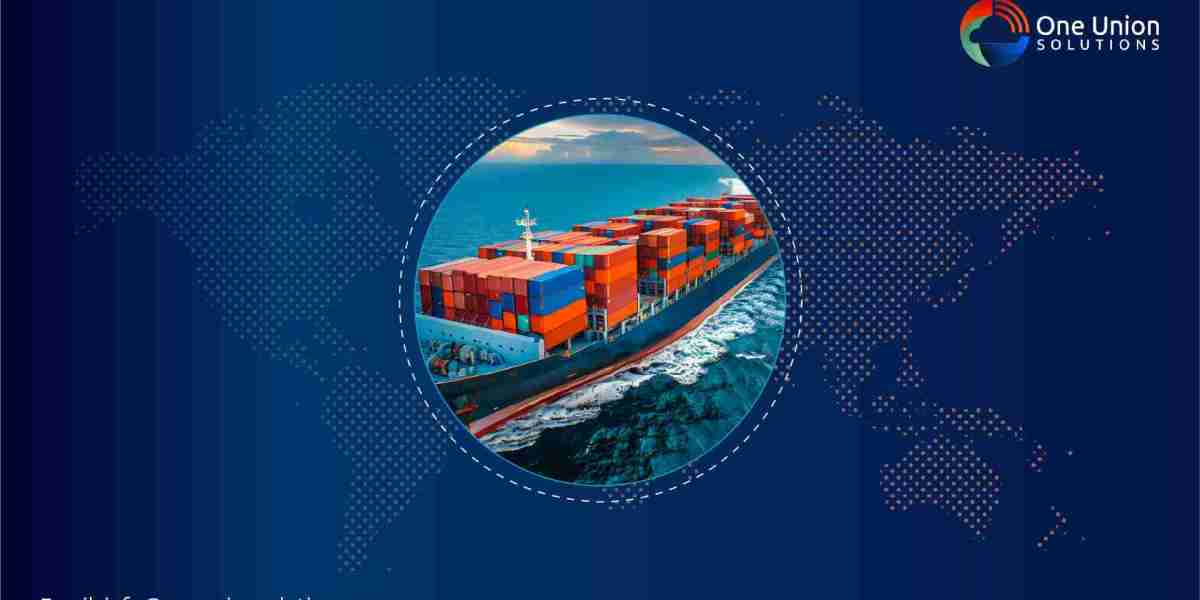Workplace safety is often associated with visible threats such as heavy machinery, chemical exposure, or fall risks. However, one of the most underestimated dangers in many industries is noise hazards. Prolonged exposure to high noise levels can lead to irreversible hearing loss, stress, reduced productivity, and even long-term health complications.
In construction, manufacturing, mining, and other high-risk sectors, noise is an invisible threat that slowly damages workers’ health if not properly controlled. This is why modern organizations are increasingly focused on training their workforce and appointing qualified safety professionals to manage such risks. Enrolling in specialized training, such as a Safety Course in Multan, equips professionals with the knowledge to identify, assess, and control noise hazards in real-world work environments.
Understanding Workplace Noise Hazards
What Are Noise Hazards?
Noise hazards refer to exposure to sound levels that can cause harm to hearing or overall health. Typically, sounds above 85 decibels (dB) are considered hazardous if workers are exposed for extended periods.
For perspective:
- Normal conversation: ~60 dB
- Traffic noise: ~85 dB
- Jackhammer: ~100 dB
- Jet engine (close): ~140 dB
While sudden loud noises are damaging, continuous moderate exposure is equally harmful over time.
How Noise Affects Workers
Noise hazards are not just about hearing loss. The consequences are wide-ranging:
- Hearing loss or tinnitus (ringing in ears)
- Increased stress levels and fatigue
- Difficulty in communication, leading to mistakes and accidents
- Reduced concentration and productivity
- Cardiovascular issues linked to long-term noise exposure
Noise, therefore, is not only a health issue but also a safety concern, as miscommunication in noisy workplaces can lead to accidents.
Industries Most at Risk
Certain industries pose higher risks due to the machinery and processes involved. Below is a table highlighting sectors most affected by noise hazards:
Industry | Common Noise Sources | Average Noise Levels |
Construction | Jackhammers, drills, bulldozers | 90–120 dB |
Manufacturing | Press machines, conveyor systems | 85–110 dB |
Mining | Blasting, drilling, heavy trucks | 100–120 dB |
Aviation | Aircraft engines, maintenance work | 110–140 dB |
Oil & Gas | Drilling rigs, compressors | 95–115 dB |
Legal Standards and Guidelines
OSHA and International Standards
Most safety regulations, such as OSHA (Occupational Safety and Health Administration), require employers to implement hearing conservation programs if noise exposure exceeds 85 dB over an 8-hour shift.
Key requirements include:
- Regular noise monitoring
- Engineering and administrative controls
- Providing hearing protection devices (HPDs)
- Employee training on noise hazards
- Regular audiometric testing
Pakistan’s Growing Awareness
In Pakistan, industrial growth has increased awareness of workplace noise hazards. Many organizations are investing in safety training and professional qualifications, including Safety Officer Diplomas, to ensure compliance and protect their workforce.
Identifying and Measuring Noise Hazards
Steps in Noise Assessment
A proper noise hazard assessment includes:
- Initial Survey – Identifying machinery and areas with high noise levels.
- Noise Monitoring – Using sound level meters or dosimeters to measure exposure.
- Risk Evaluation – Comparing results against legal thresholds.
- Control Measures – Recommending engineering, administrative, or PPE-based controls.
Tools and Techniques
- Sound level meters: For spot measurements.
- Noise dosimeters: Worn by workers to measure individual exposure.
- Mapping software: Creates noise contour maps of workplaces.
Control Measures for Noise Hazards
Engineering Controls
- Installing sound barriers or acoustic panels.
- Using quieter machinery or modifying equipment.
- Regular maintenance to reduce vibration and noise output.
Administrative Controls
- Rotating workers to limit exposure duration.
- Scheduling noisy tasks when fewer workers are present.
- Training employees on safe practices.
Personal Protective Equipment (PPE)
- Earplugs: Affordable and effective for moderate exposure.
- Earmuffs: Suitable for high-noise areas.
- Custom hearing protection: For specialized environments.
Real-World Case Study
A construction company in Lahore reported frequent complaints of hearing issues among workers. After a professional noise assessment, it was revealed that continuous exposure to jackhammers was the primary cause. By rotating workers, introducing soundproof barriers, and enforcing ear protection policies, noise levels were managed effectively. This not only reduced hearing complaints but also improved worker productivity and morale.
The Role of Safety Officers in Noise Management
Why Trained Professionals Matter
Managing noise hazards requires more than just distributing earplugs. A trained Safety Officer can:
- Conduct thorough hazard assessments.
- Implement effective noise control strategies.
- Train workers in recognizing and reporting hazards.
- Monitor compliance with local and international standards.
This highlights the importance of formal education, such as a Safety Officer Diploma, which equips professionals with practical and regulatory knowledge.
The Business Case for Noise Control
Investing in noise hazard management is not only a compliance issue but also a financial strategy. Benefits include:
- Reduced healthcare costs (fewer hearing-related claims).
- Improved productivity (less fatigue and miscommunication).
- Enhanced worker morale (feeling protected and valued).
- Better reputation for prioritizing employee safety.
Training and Education Opportunities
For those seeking to build a career in occupational health and safety, enrolling in a Safety Course in Multan provides an excellent foundation. Such training programs cover hazard identification, control measures, and compliance with legal standards. Professionals who enhance their qualifications with a Safety Officer Diploma open doors to supervisory roles and international opportunities.
If you’re serious about making workplaces safer and want to specialize in hazard prevention, pursuing a Safety Officer Diploma is the right step. These programs are designed to give you hands-on knowledge about risks like noise hazards and prepare you for practical challenges in industries across Pakistan and abroad.
Conclusion
Noise hazards are invisible but extremely dangerous to worker health and safety. From hearing loss to reduced productivity, the consequences are too severe to ignore. Employers must invest in assessments, controls, and protective measures to minimize risks.
By enrolling in professional training such as a Safety Course in Multan, individuals can gain the skills needed to identify and manage workplace hazards effectively. Ultimately, prioritizing noise hazard control is not just about compliance—it’s about creating safer, healthier, and more productive work environments.




